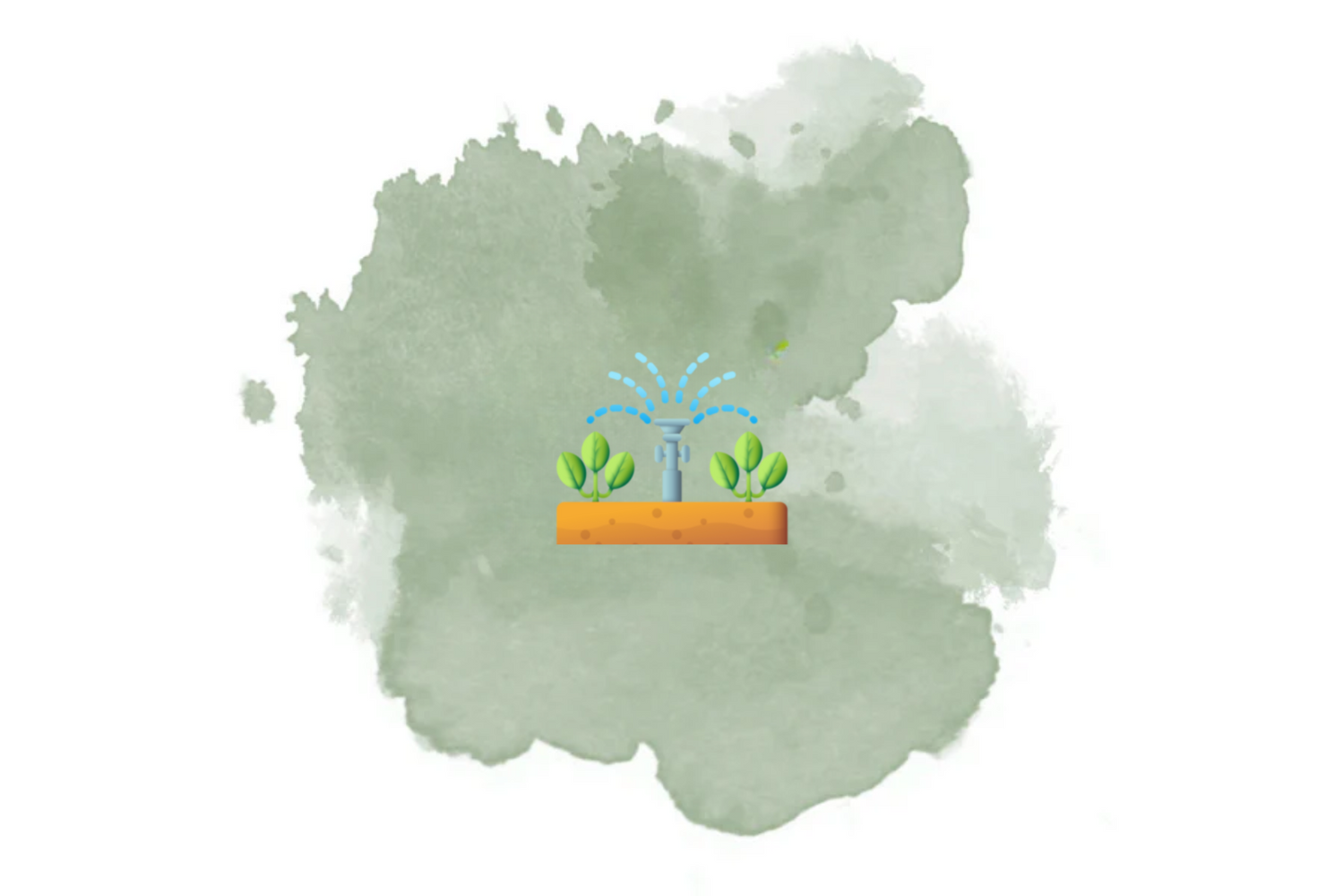A lush, green lawn is the dream of every gardening enthusiast. However, to achieve the perfect lawn, it’s essential to know when to water the lawn, how much to water the lawn, and the best lawn irrigation techniques. Follow our complete guide to discover the secrets of a dream lawn.
When to water the lawn? – Timing is everything
The best time to water the lawn is early in the morning, ideally between 5 and 8 AM. During this window, the water has time to penetrate the soil before the hot sun causes it to evaporate. Watering in the evening, on the other hand, can promote mold and disease growth, especially during wetter months.
“Watering in the morning helps not only to save water but also reduces the risk of fungal diseases that often develop with evening moisture.” — Rainer Spitaler
In spring and autumn, watering every 2-3 days might be sufficient, while in summer, with higher temperatures, the lawn may need to be watered daily or every other day. Remember: the soil should be moist but never waterlogged.

How much to water the lawn? – The perfect amount
How much to water the lawn depends on the soil conditions and the type of grass. On average, the lawn requires about 2-3 centimeters of water per week, evenly distributed. To measure the water applied, use a rain gauge or a container.
Excessive lawn irrigation can lead to waterlogging, damaging the roots. If you notice the grass turning yellow or not looking green, it could be a sign of incorrect watering.
“A well-watered lawn doesn’t need water every day. With deep and less frequent watering, the roots grow deeper, making the lawn more drought-resistant.” — Rainer Spitaler
Lawn irrigation techniques – Simplicity and efficiency
A lawn irrigation system can make a big difference in the care of your green space. Some useful options include automatic irrigation systems, which provide consistent hydration, or drip irrigation, perfect for saving water by delivering hydration directly to the roots. If you prefer a manual approach, use a hose with a sprayer to evenly distribute the water, avoiding excess or shortage in certain areas of the lawn.
Lawn irrigation and seasons
Each season has specific needs:
- Summer: Frequent watering to combat the heat and prevent yellowing.
- Autumn: Reduce frequency as the soil retains more moisture.
- Winter: Often not necessary, especially in areas with frequent rain.
- Spring: Prepare the lawn for active growth with good hydration.
Common problems and solutions
If your lawn shows signs of distress, such as yellowing or waterlogging, it may be necessary to adjust your watering routine. Ensure the water reaches the roots and the soil has proper drainage. In some cases, it may help to aerate the soil to improve water circulation.
Water conservation and sustainability
For a more sustainable lawn care approach, consider using drip irrigation systems or automated systems with moisture sensors. These systems not only protect the environment but also reduce long-term costs.
By following Rainer Spitaler’s advice and the best lawn irrigation practices, you can keep your garden lush while saving resources and time. Remember: a well-maintained lawn is the heart of an inviting garden!

![#Taglia_1.7kg [sku-A0291] [lang-IT] [lang-EN]](http://lerava.com/cdn/shop/files/Cessione_IT.png?v=1749635507&width=2000)
![#Taglia_1.7kg [sku-A0291] [lang-IT] [lang-EN]](http://lerava.com/cdn/shop/files/Cessione_IT.png?v=1749635507&width=104)
![[lang-IT] [lang-EN]](http://lerava.com/cdn/shop/products/B09SLG7DHN.MAIN.jpg?v=1674813929&width=104)
![#Taglia_70m² [sku-VV-KMTV-QLBE] [lang-it] [lang-en]](http://lerava.com/cdn/shop/files/Primavera_IT_1.png?v=1749609539&width=104)
![#Taglia_100m² [sku-A0360] [lang-IT] [lang-EN]](http://lerava.com/cdn/shop/files/ESTATE_IT_100m.jpg?v=1751879953&width=104)
![#Taglia_70 m² [sku-A0016] [lang-it] [lang-en]](http://lerava.com/cdn/shop/files/Add_a_heading.png?v=1758461245&width=104)
![[lang-IT] [lang-EN]](http://lerava.com/cdn/shop/files/Solfato_Di_Ferro_IT_1.png?v=1749608449&width=104)
![#Taglia_30m² [sku-AVARACH] [lang-IT] [lang-EN]](http://lerava.com/cdn/shop/files/Champion_IT.png?v=1749608049&width=104)
![#Taglia_30m² [sku-A0265] [lang-IT] [lang-EN]](http://lerava.com/cdn/shop/files/Express_IT_1.png?v=1749619514&width=104)
![#Taglia_10m² [sku-A0148] [lang-IT] [lang-EN]](http://lerava.com/cdn/shop/files/1_10_IT.jpg?v=1727419569&width=104)
![#Taglia_20m² | 200g [sku-A0192] [lang-IT] [lang-En]](http://lerava.com/cdn/shop/files/1_1_193571c2-dc92-488a-b9ac-170592f0b658.jpg?v=1744210602&width=104)
![#Taglia_200g [sku-A0220] [lang-IT] [lang-EN]](http://lerava.com/cdn/shop/files/IT_Semi-Trifoglio200g.jpg?v=1756610388&width=104)





